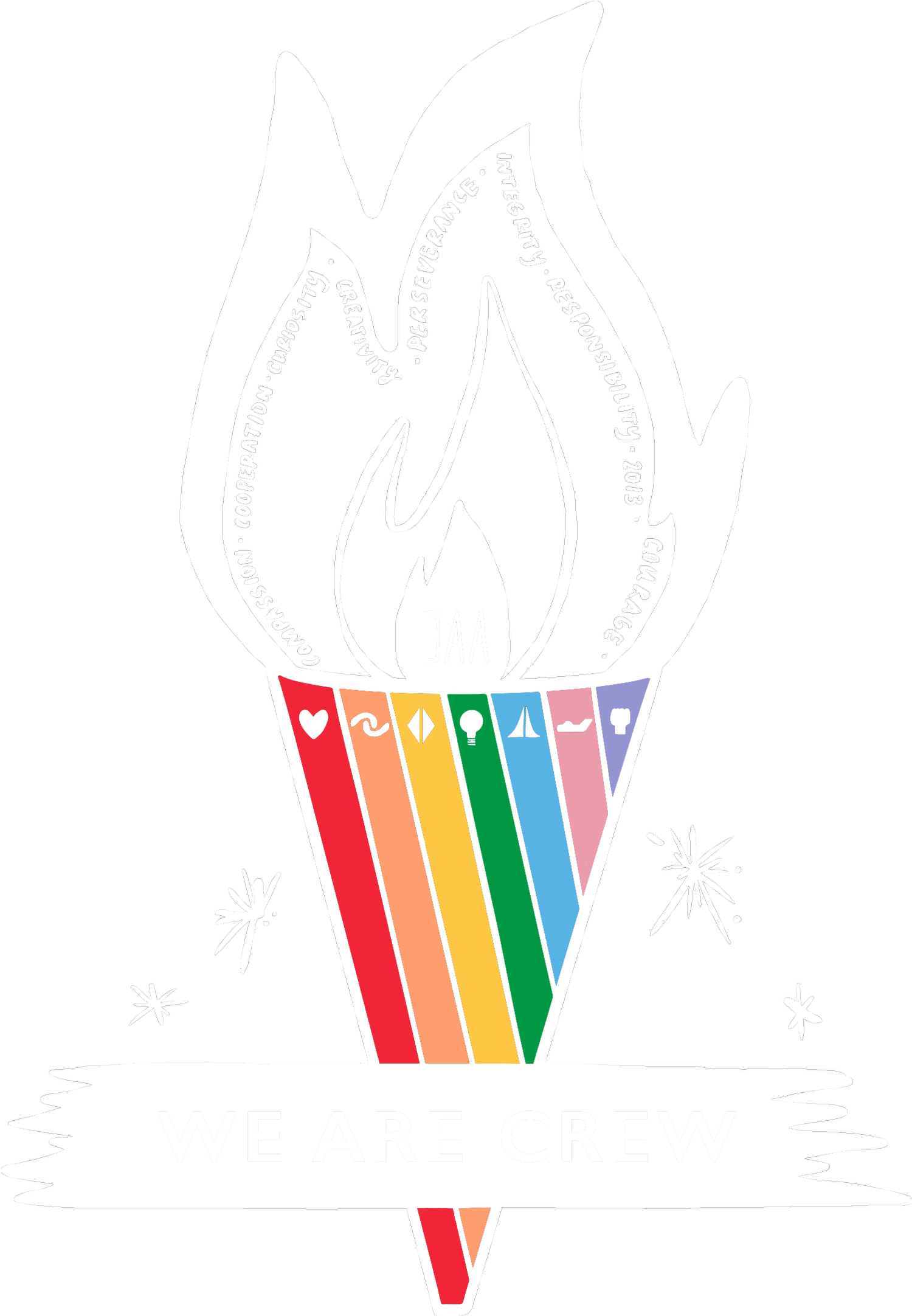Life After Trauma: Elements of a Resilient Classroom
On January 29th, 2020, I attended Resilient Classrooms Trauma-Informed Positive Behavioral Intervention and Supports Strategies, training course presented by Wayne Regional Educational Service Agencies (RESA). This training was provided to educators of all grade levels within the Wayne County area. The training course began by defining trauma, the impact it has on the learning of students, and the way in which resilient classrooms empower students to overcome trauma and engage in healthy, successful educational experiences.
What is trauma? According to The Substance Abuse and Mental Health Services Administration (SAMHSA), individual trauma is described as resulting from "an event, series of events, or set of circumstances that is experienced by an individual as physically or emotionally harmful or life threatening and that has lasting adverse effects on the individual’s functioning and mental, physical, social, emotional, or spiritual well-being. Traumatic experiences for children may include sexual abuse, homelessness, physical abuse, emotional abuse and/ or neglect, and the incarceration of a parent or caregiver, just to name a few. As an adult experiencing traumatic events will very well alter your ability to function, so imagine being a child with very minimal control over your circumstances, trying to overcome the adversity of “life”, all while being expected to attend school each day and learn the content being presented to you. Trauma impacts learning as students with these experiences often have trouble with emotional regulation, impulse control, and paying attention which may lead to poor behavior and the lack of academic achievement.
The five elements of a resilient classroom are protection(safety), connection, social-emotional learning, choices, and self-care. Protection/ safety in the classroom is not only teaching classroom expectations but also practicing the expectations with students. It is allowing for empathetic communication with corrective feedback, this includes consequences for inappropriate behavior such as students completing restorative think sheets to reflect on their behavior. Not only are educators teaching students ways to feel safe in the classroom, they’re also holding themselves accountable by understanding triggers of trauma and being sure to maintain their own emotional control. This leads to the next element, connection.
Connection is the sense of building trusting and positive relationships with students. Greeting students at the door, by their name is one way to foster a relationship. Also, community building circles are another method used for connecting with students. The entire classroom sits in a circle, with the teacher, there is a topic introduced and students have the opportunity to share with a classmate or the entire circle; all sharing is voluntary. This fosters a sense of belonging for students and allows them to practice active listening, turn taking, and showing empathy to others which is an aspect of social-emotional learning.
Social-emotional learning includes teaching self-awareness, self-management, social awareness, relationship skills, and responsible decision making. It is helping students recognize how trauma and stress impact their ability to learn and the ways in which coping mechanisms help them to overcome the stressors. Social-emotional learning includes mindfulness breaks within the classroom for all students, anger management techniques, management of bullying behavior, and stress management. In an effort to educate the student it is important to also recognize that social-emotional development is as important as academic growth. This allows for positive character development and the ability to make informed choices.
Choices are an important factor for students who have experienced trauma because many feel as though they have lost control over their lives. Choices afford students the opportunity to control some aspects of their environment which may include small tasks such as choosing a seat in the classroom, movement breaks, or even their activity for recess. Once small choices as such are mastered, students may then realize how they have control over their choices in behavior and their reactions to situations.
The last, and to some the most important element of resilient classrooms is self-care. Self-care is important because in order to effectively care and teach others, one must first care for themselves. Self-care is not selfish, it is necessary. It is important for one to maintain healthy boundaries, seek positive influences, and develop strong networks of friends/colleagues to help process tough experiences.

